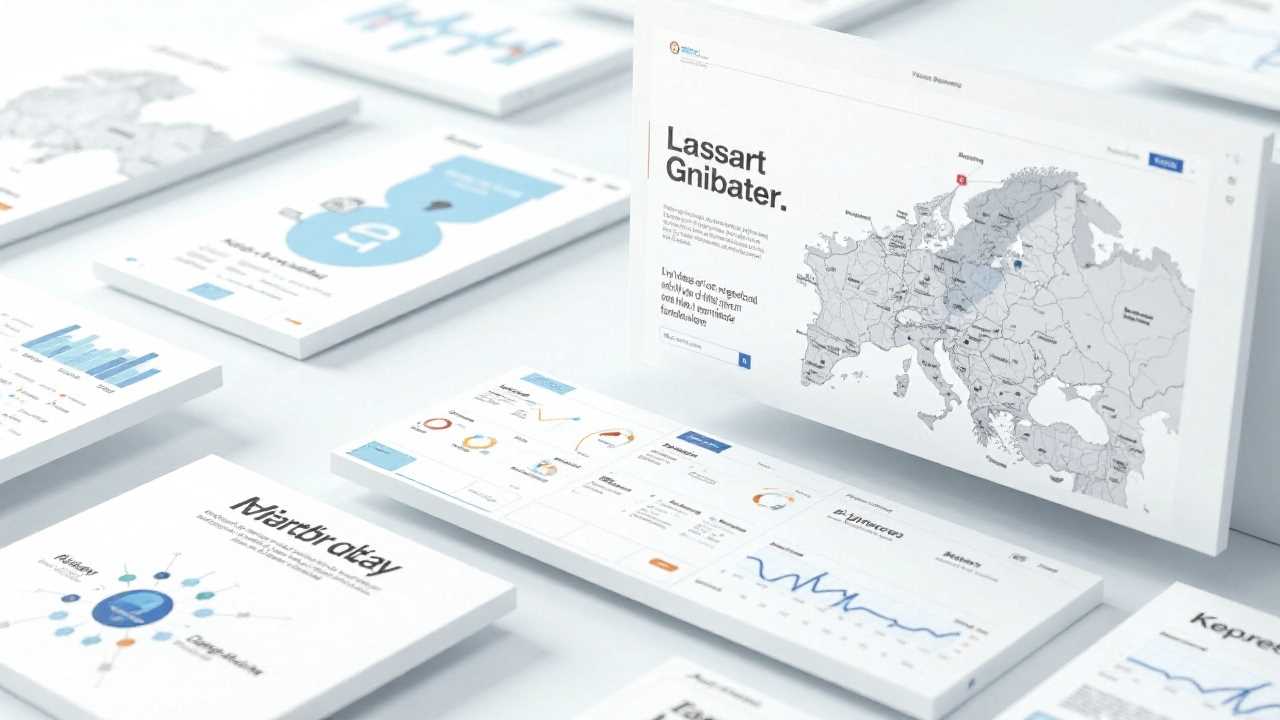
Understanding UI/UX Design for Apps
In the realm of digital products, UI/UX Design for Apps stands as a cornerstone of user satisfaction and engagement. This design discipline encompasses two fundamental aspects: User Interface (UI) and User Experience (UX). While UI focuses on the visual elements of an app, UX delves into the overall experience a user has while interacting with that app. Mastering these components is vital for creating applications that not only look appealing but also function seamlessly.
The Importance of User Research
Before embarking on the design process, conducting thorough User Research is paramount. This phase involves gathering insights about the target audience, their preferences, behaviors, and pain points. By employing various research methodologies such as surveys, interviews, and usability testing, designers can gain a comprehensive understanding of user needs. This knowledge serves as the foundation for informed design decisions, ensuring that the final product resonates with its intended audience.
Design Principles That Shape User Interfaces
Adhering to established Design Principles is essential in crafting effective user interfaces. These principles include consistency, hierarchy, feedback, and accessibility. Consistency ensures that users can navigate the app intuitively, while hierarchy guides them through the content in a logical manner. Providing feedback, such as visual cues or notifications, enhances user interaction, making it clear that their actions have been acknowledged. Accessibility ensures that all users, regardless of their abilities, can engage with the app effectively.
Interaction Design: Creating Meaningful Connections
Interaction Design plays a pivotal role in shaping how users engage with an app. This aspect focuses on the interactive elements, such as buttons, gestures, and animations, that facilitate user actions. A well-designed interaction not only enhances usability but also fosters emotional connections between the user and the app. By employing principles of interaction design, such as affordance and feedback, designers can create intuitive experiences that encourage users to explore and interact with the application.
Visual Aesthetics: The Art of First Impressions
The Visual Aesthetics of an app are often the first thing users notice. A visually appealing interface can significantly impact a user's perception of the app's quality and functionality. To achieve stunning visual aesthetics, designers should consider color theory, typography, imagery, and layout. The right color palette can evoke emotions, while thoughtful typography enhances readability. High-quality images and a well-structured layout contribute to an overall polished look, making the app more inviting and engaging.
Prototyping Techniques: Bringing Ideas to Life
Once the design concepts are established, employing effective Prototyping Techniques is crucial for visualizing the app's functionality. Prototypes can range from low-fidelity wireframes to high-fidelity interactive models. Low-fidelity prototypes are useful for brainstorming and gathering initial feedback, while high-fidelity prototypes allow stakeholders to experience the app more realistically. Tools such as Sketch, Figma, and Adobe XD facilitate the prototyping process, enabling designers to iterate quickly and refine their ideas based on user feedback.
Iterative Design: Refining Through Feedback
The design process should be iterative, allowing for continuous improvement based on user feedback. After developing prototypes, conducting usability testing is essential to identify any issues or areas for enhancement. Observing users as they interact with the prototype provides invaluable insights into their behavior and preferences. By analyzing this feedback, designers can make informed adjustments, ensuring that the final product aligns with user expectations and needs.
The Path to Mastery in UI/UX Design for Apps
Mastering UI/UX Design for Apps requires a multifaceted approach that integrates user research, design principles, interaction design, visual aesthetics, and prototyping techniques. By prioritizing user needs and continuously refining designs based on feedback, we can create applications that not only captivate users but also provide meaningful experiences. As we navigate the complexities of app design, let us remain committed to excellence, ensuring that every interface we craft is a testament to our dedication to user satisfaction and innovation.
 Digital Art InstructionDIY Infographics DesignMobile Game ArtworkPersonalized Logo Design3D AnimationeBook Covers DesignPrivacy PolicyTerms And Conditions
Digital Art InstructionDIY Infographics DesignMobile Game ArtworkPersonalized Logo Design3D AnimationeBook Covers DesignPrivacy PolicyTerms And Conditions
